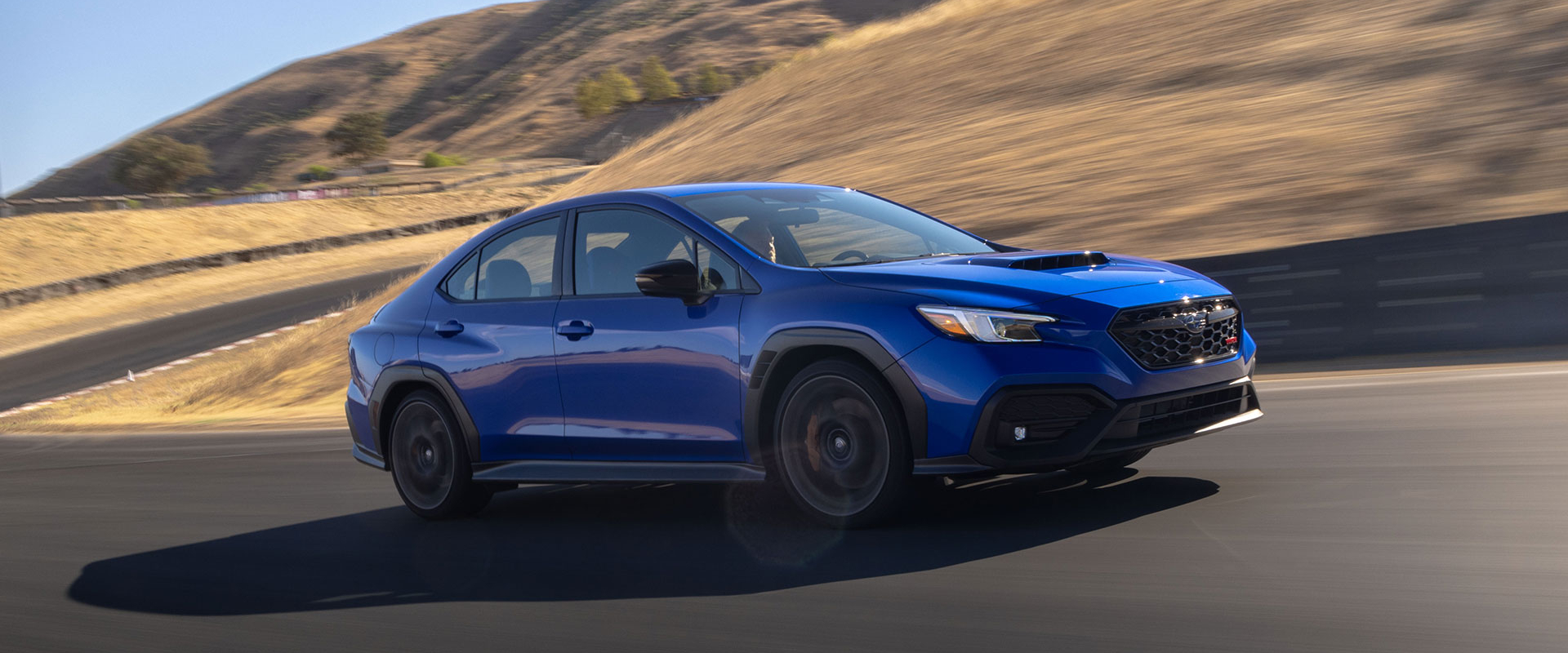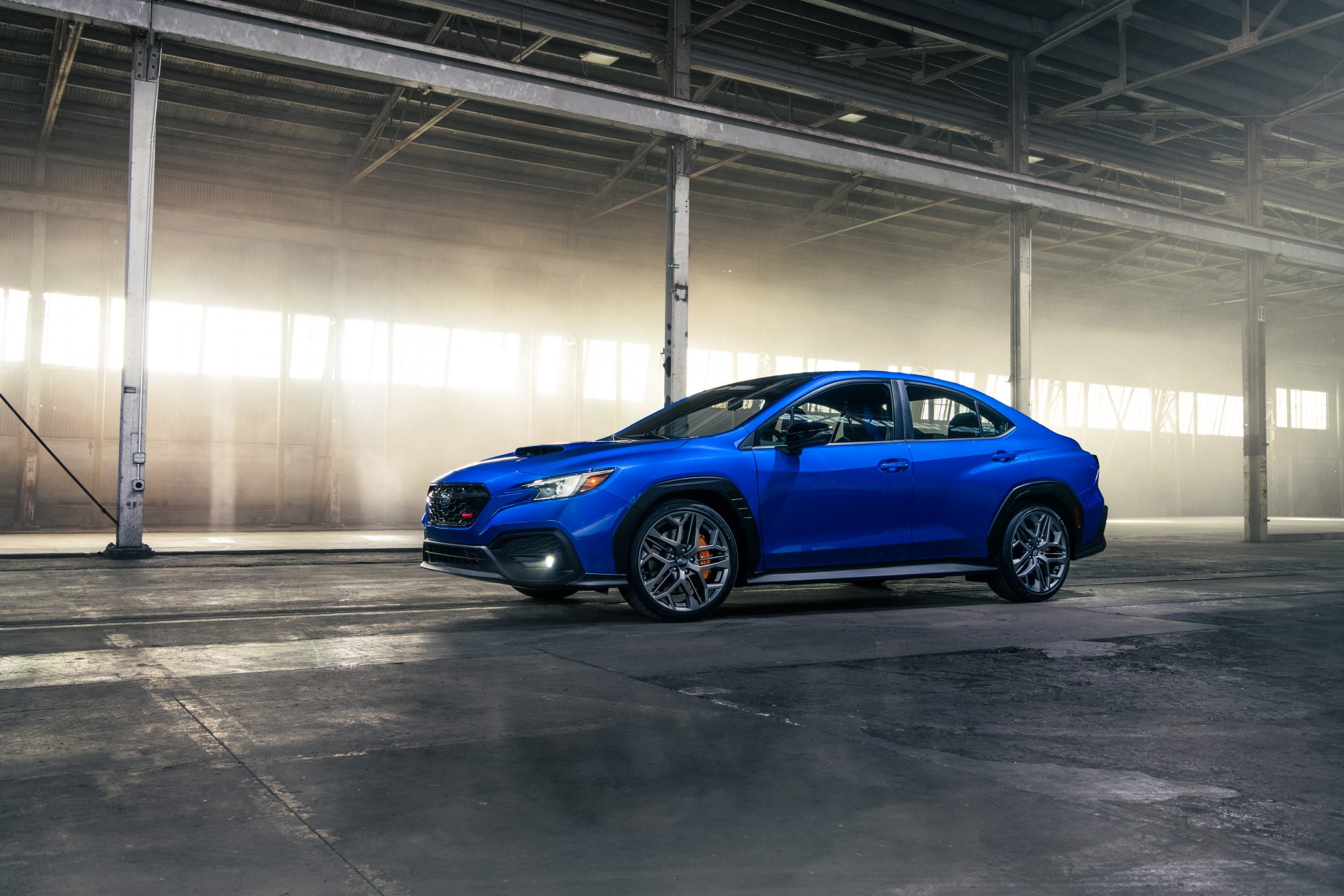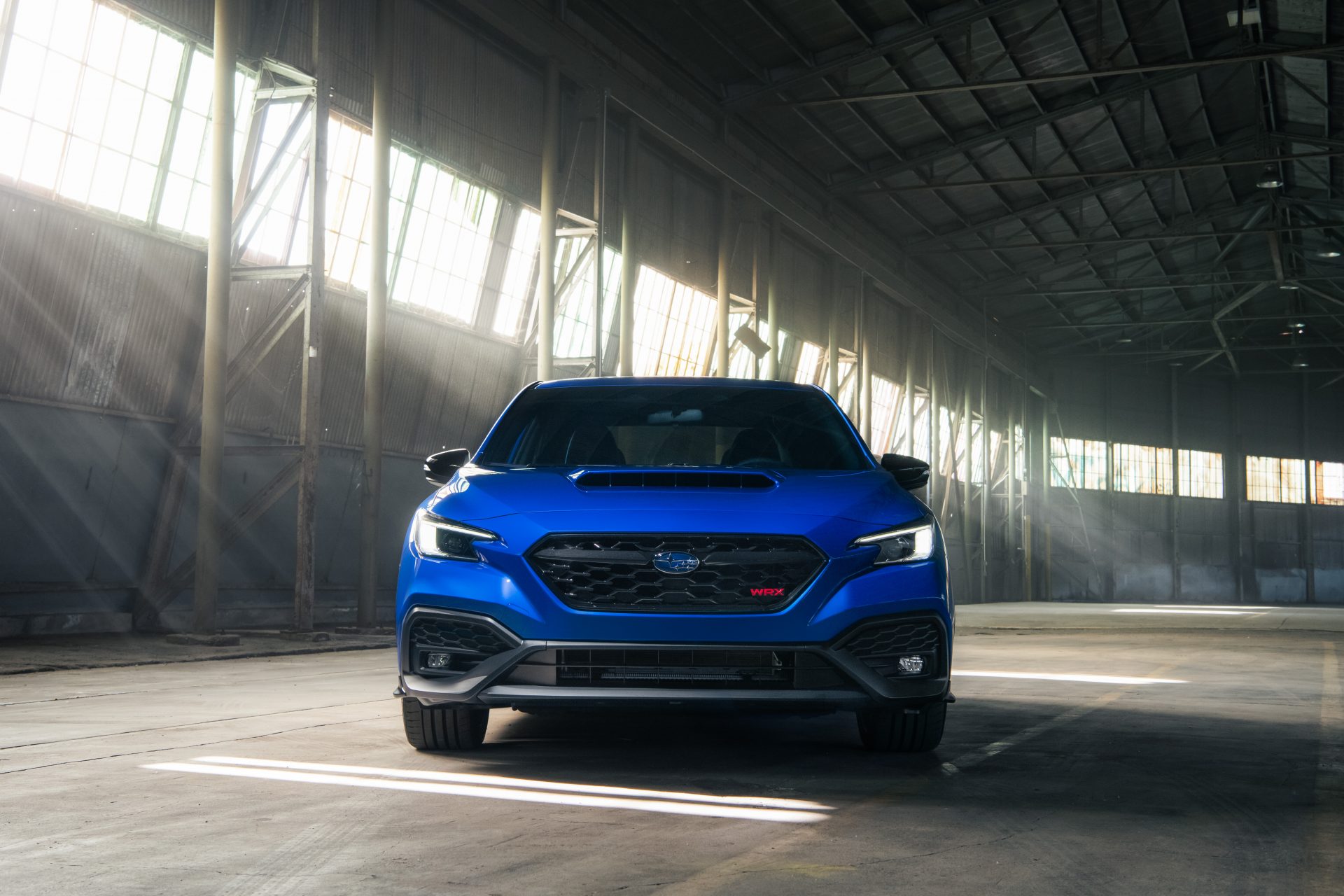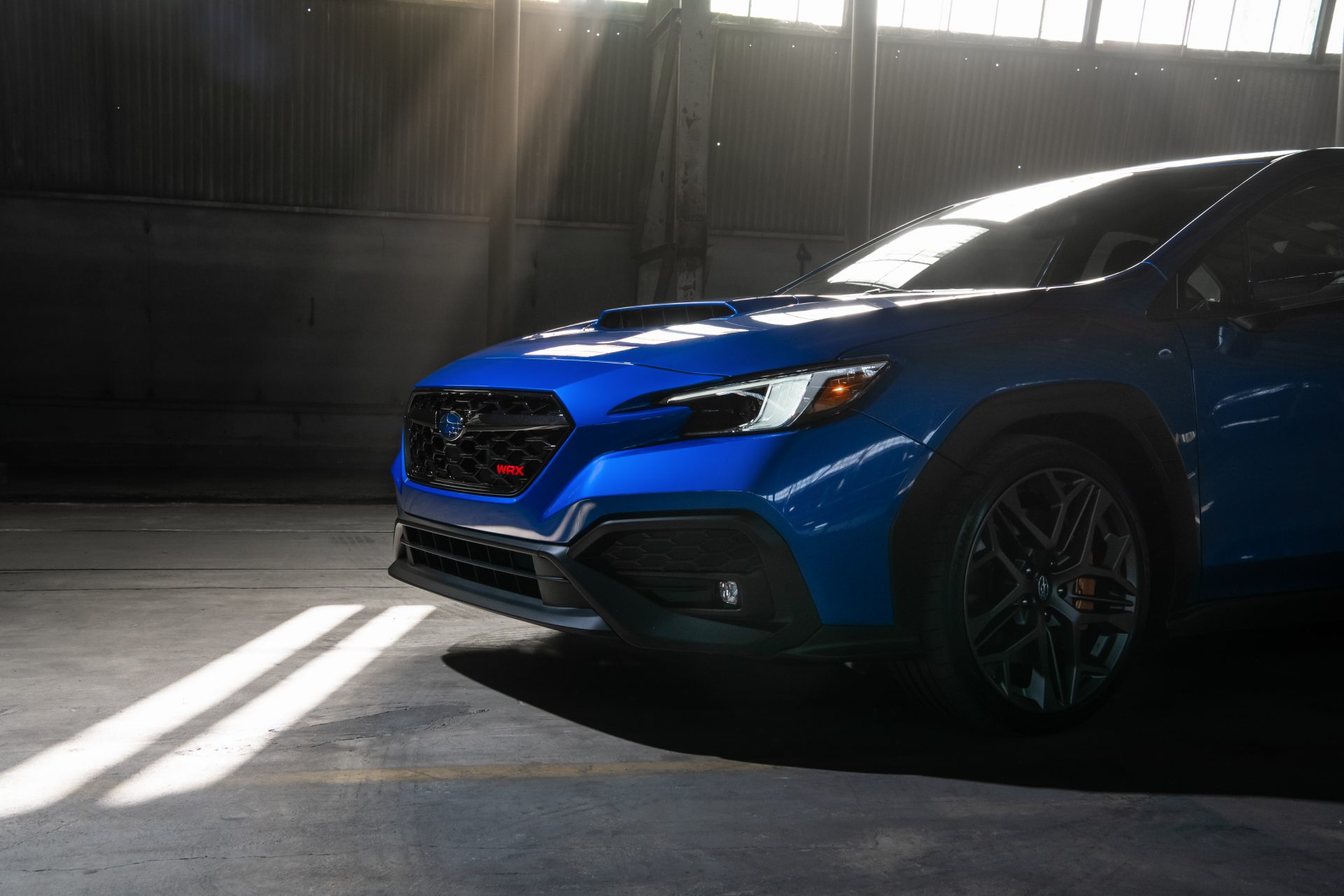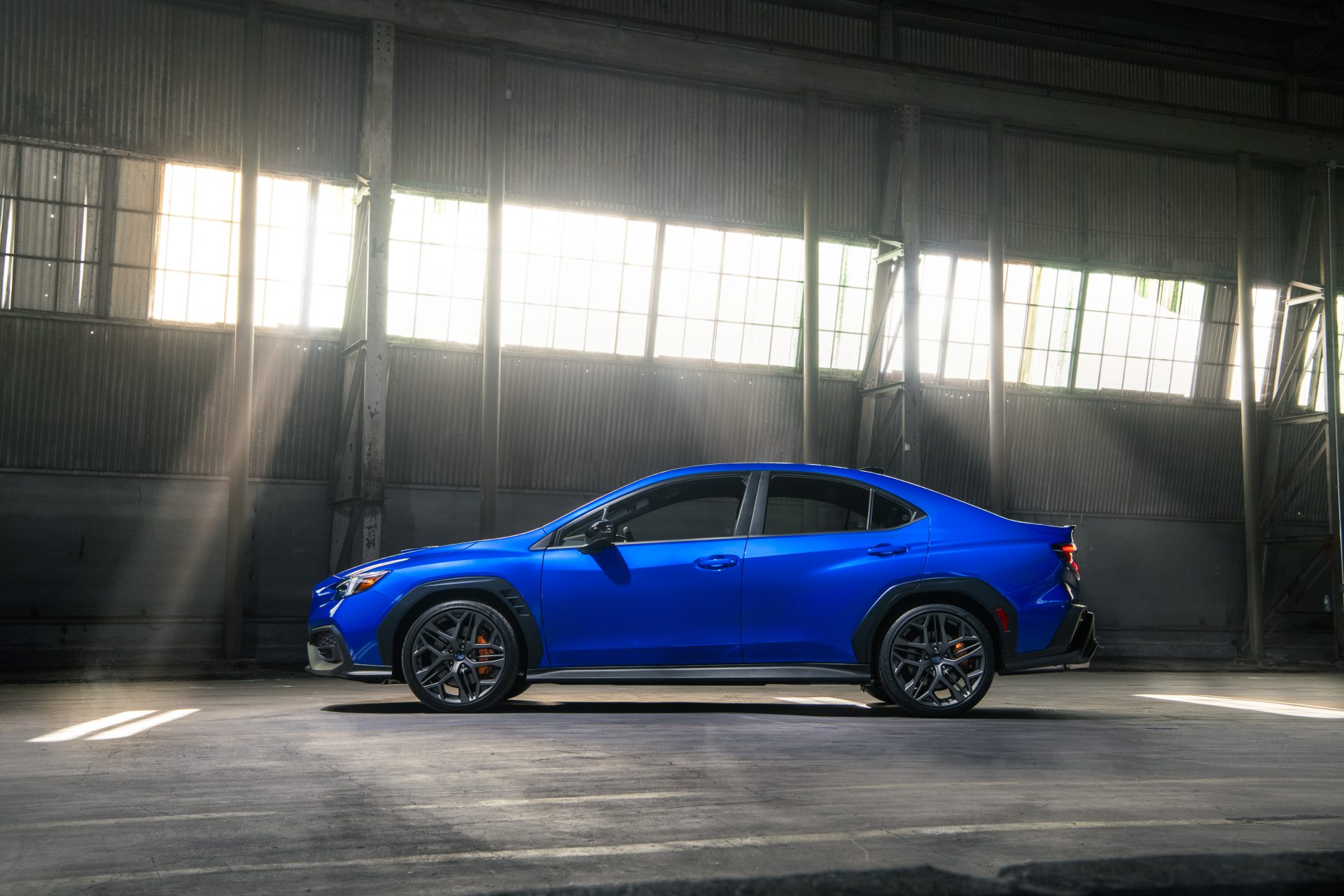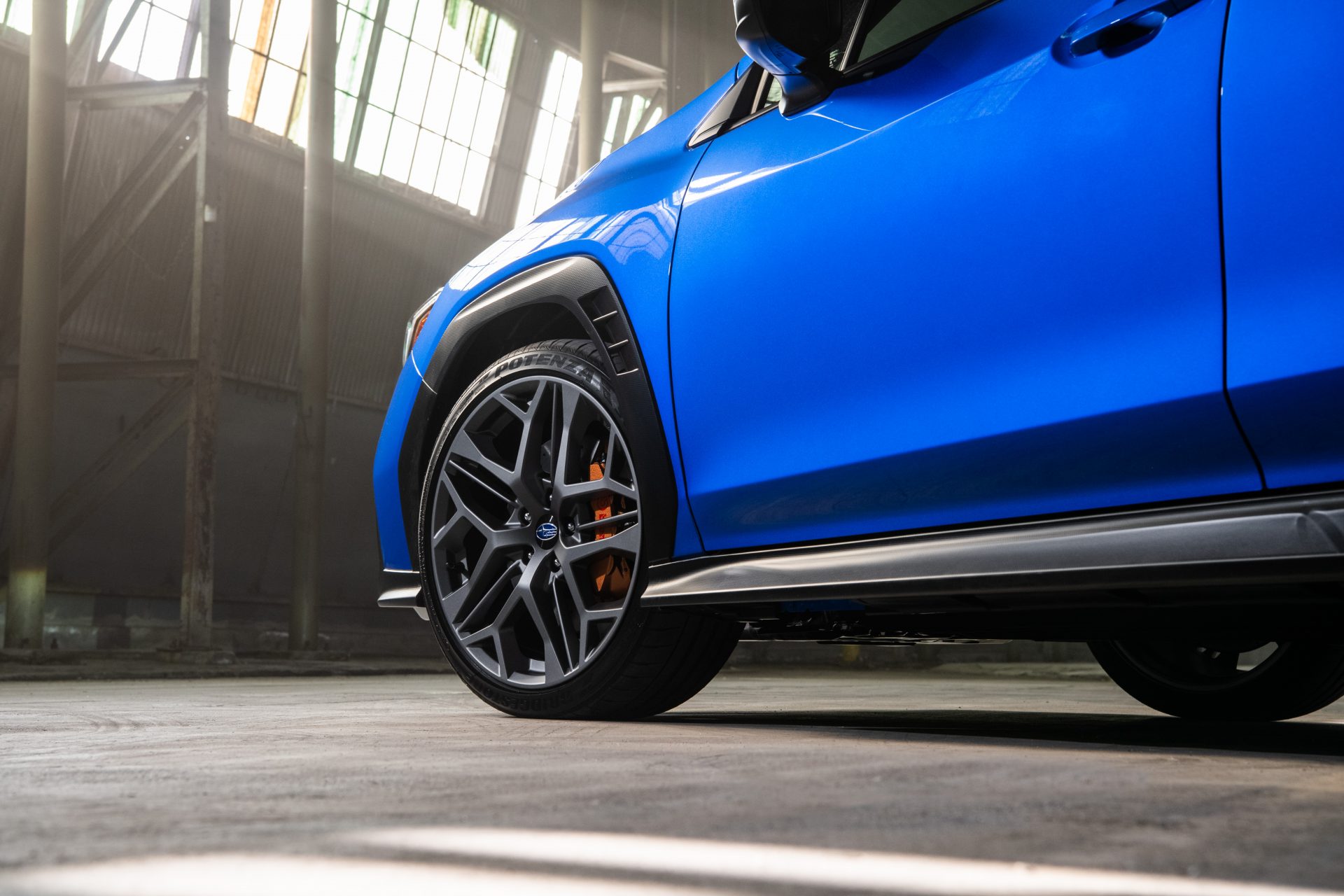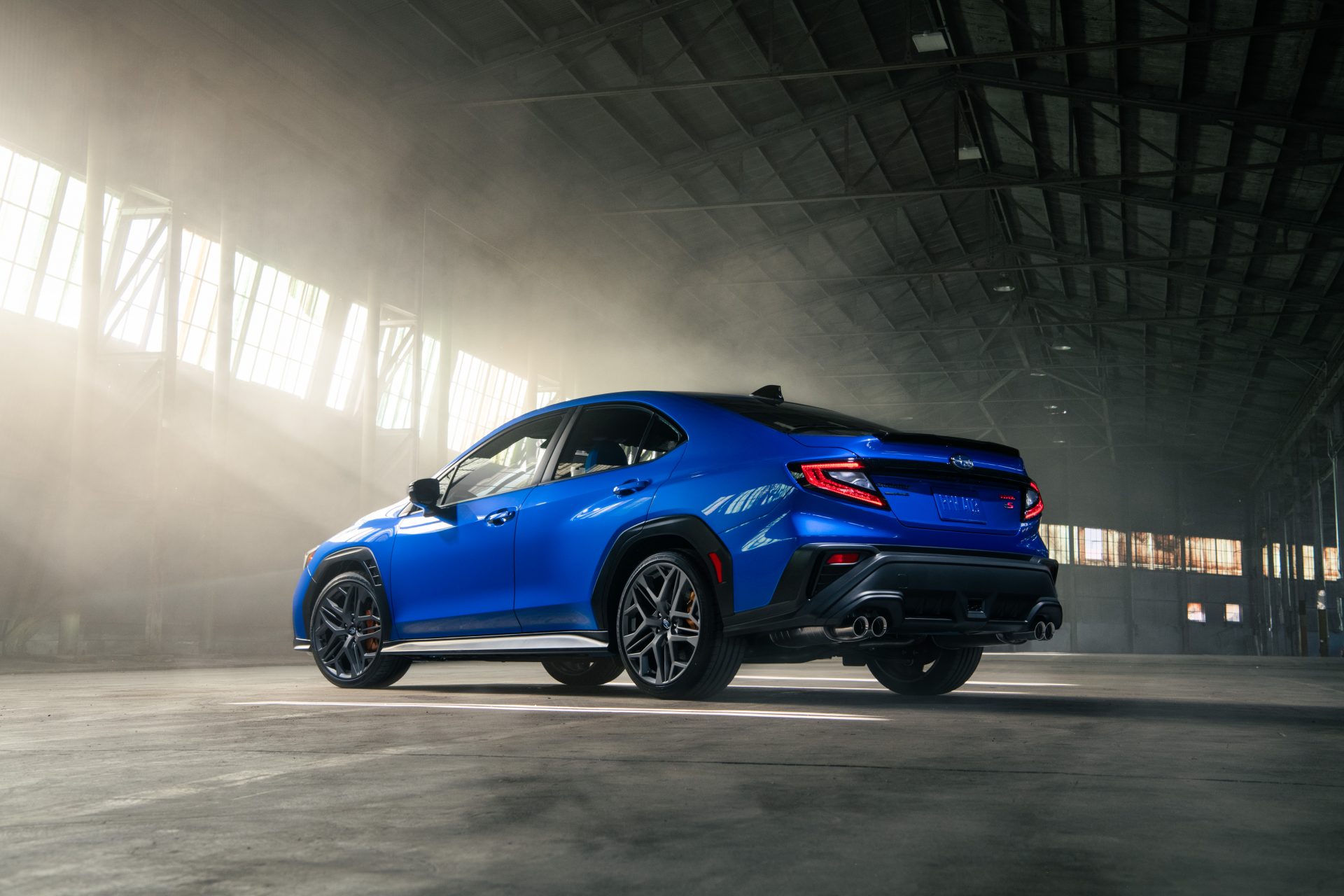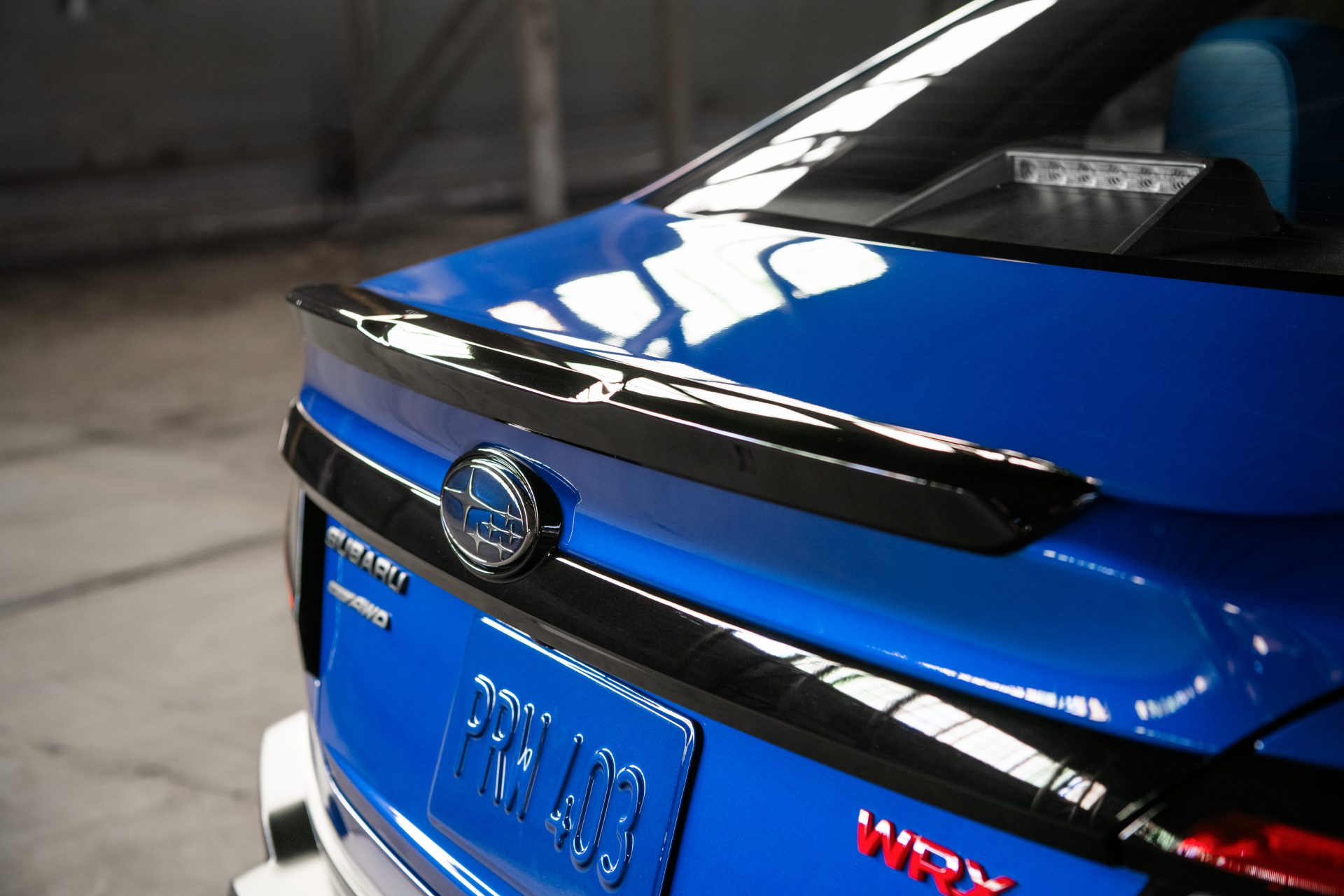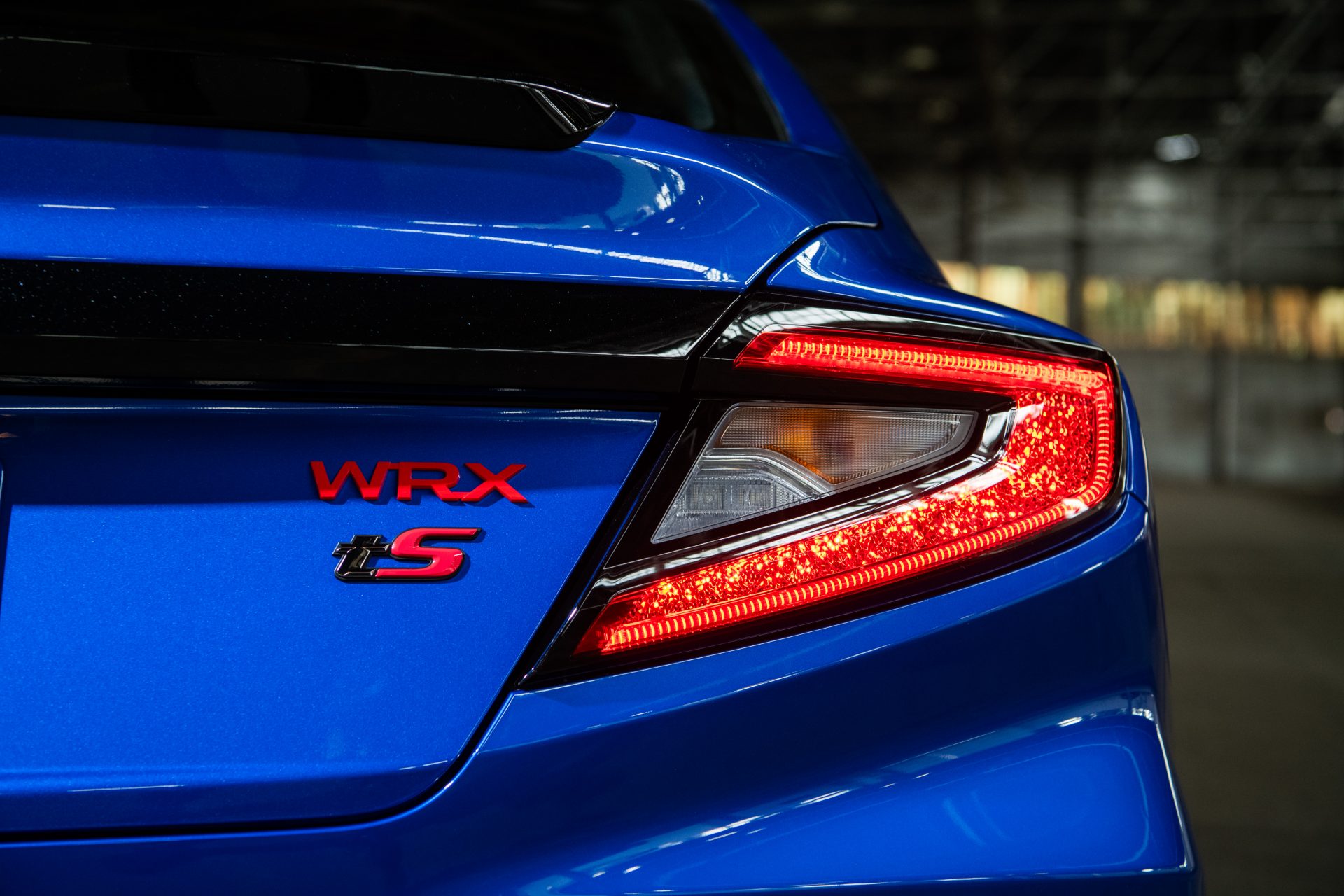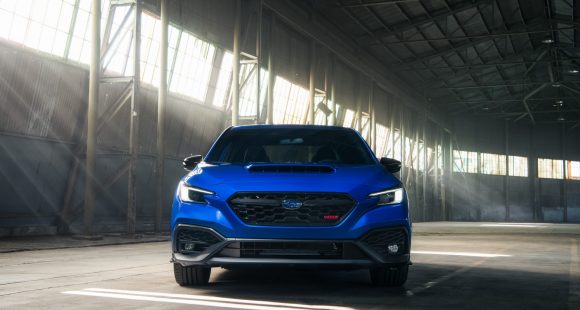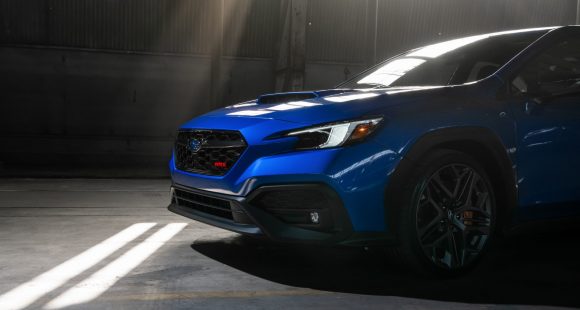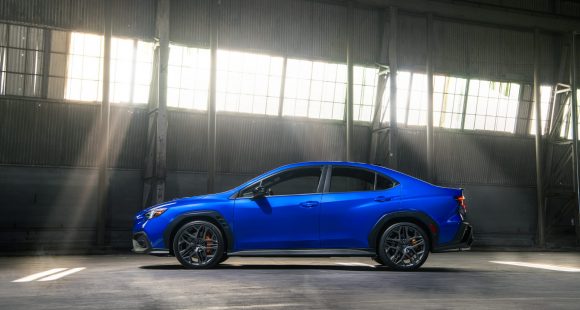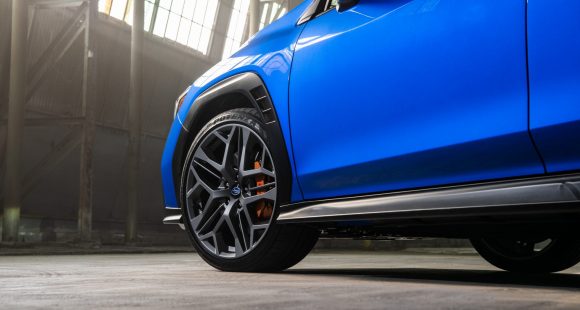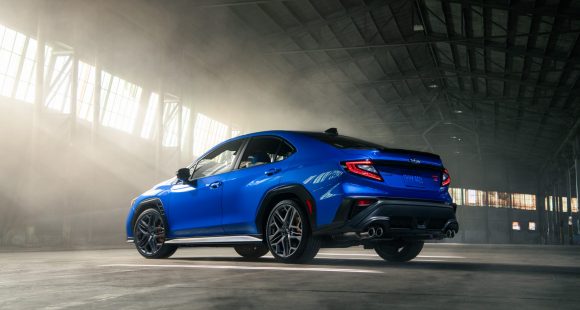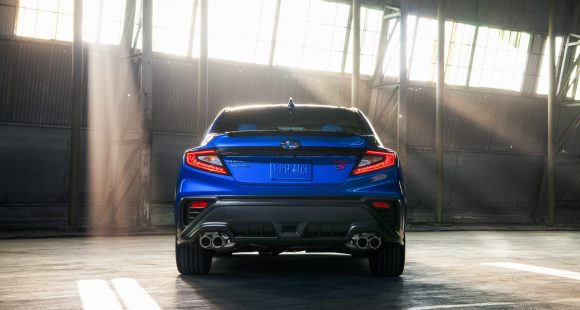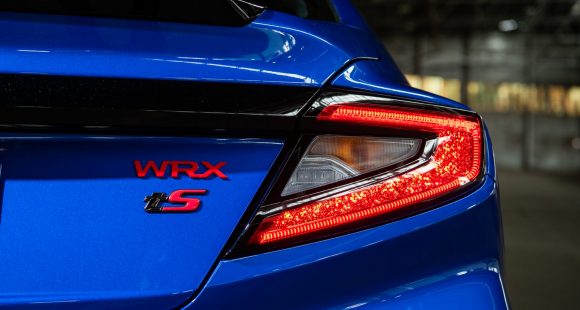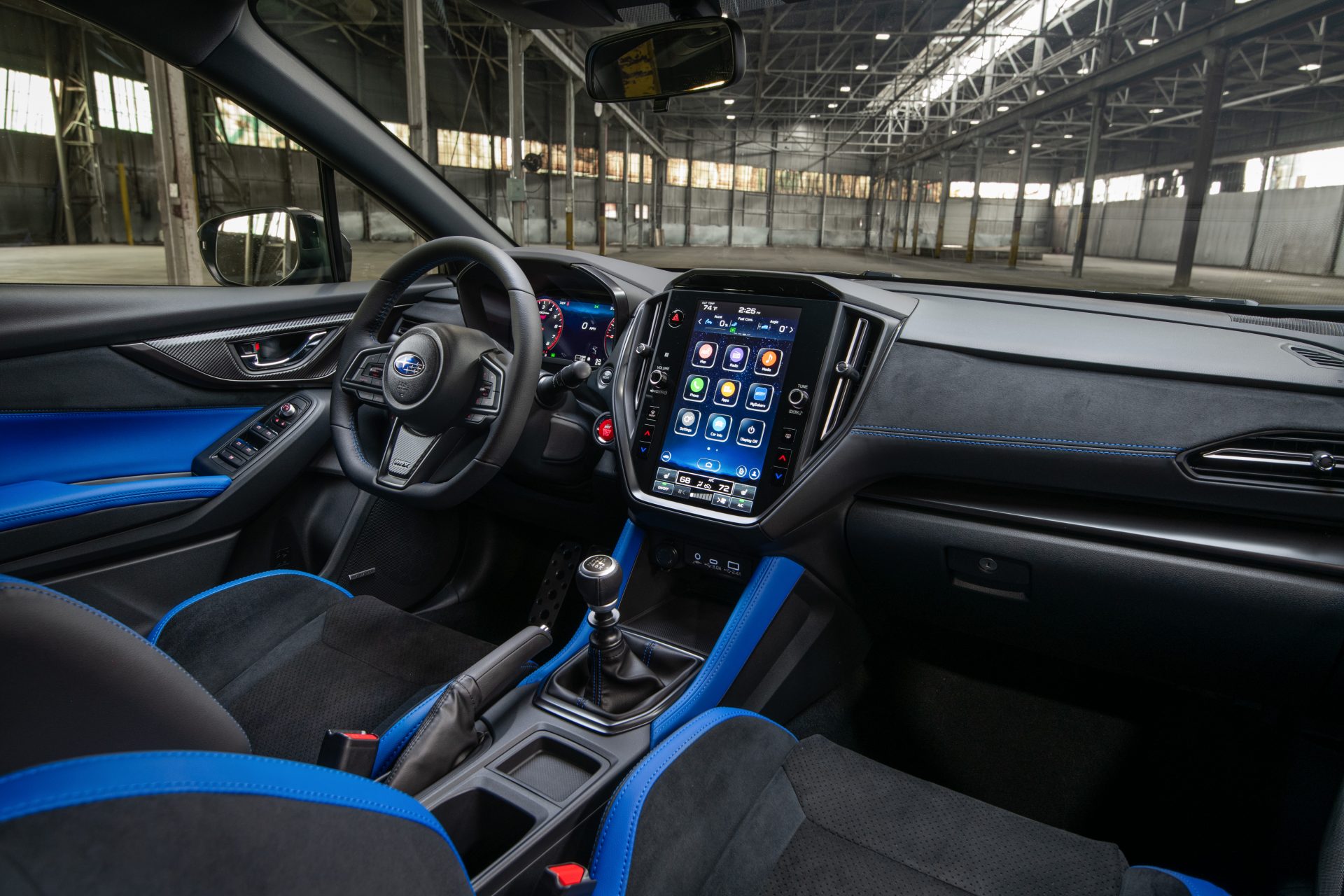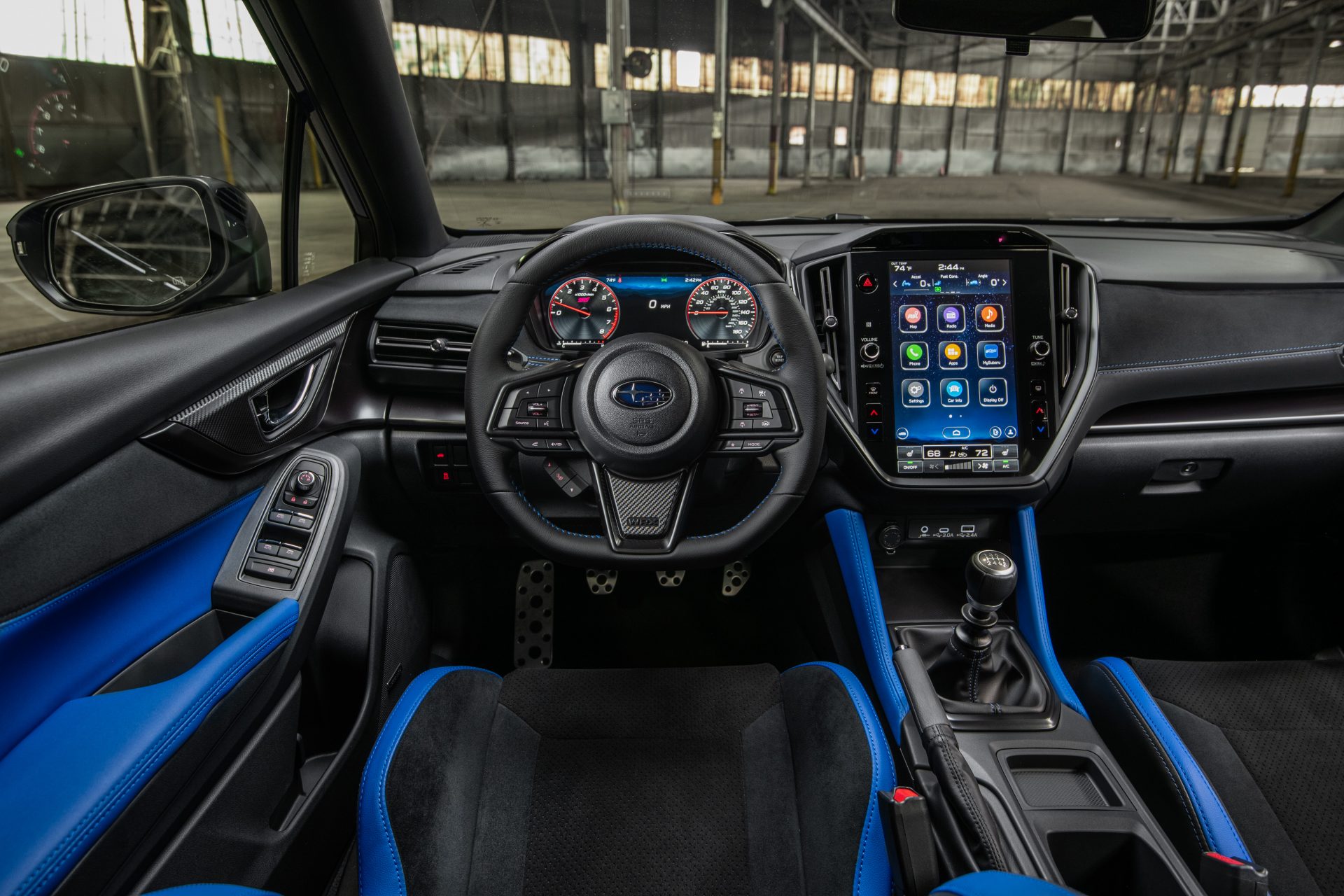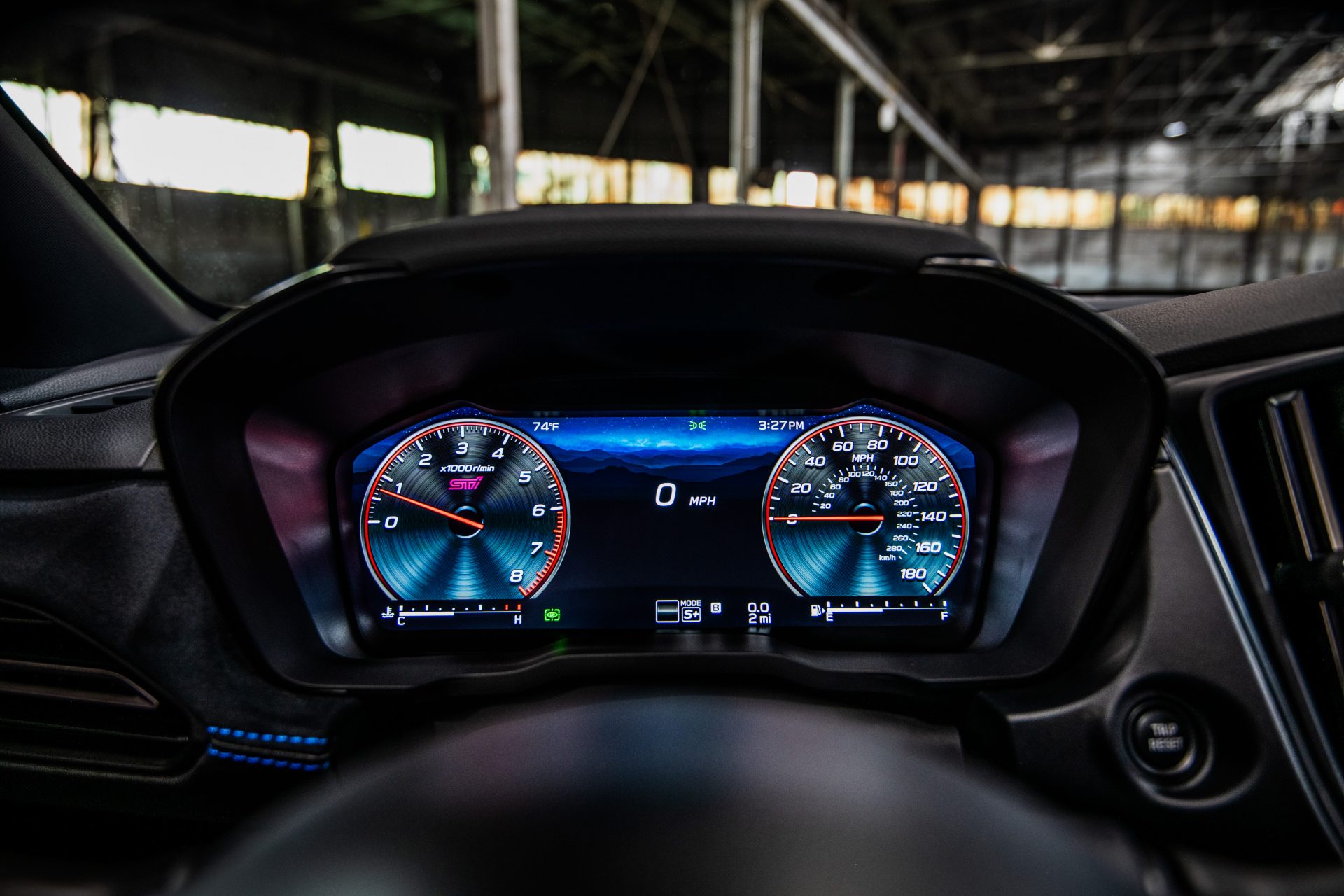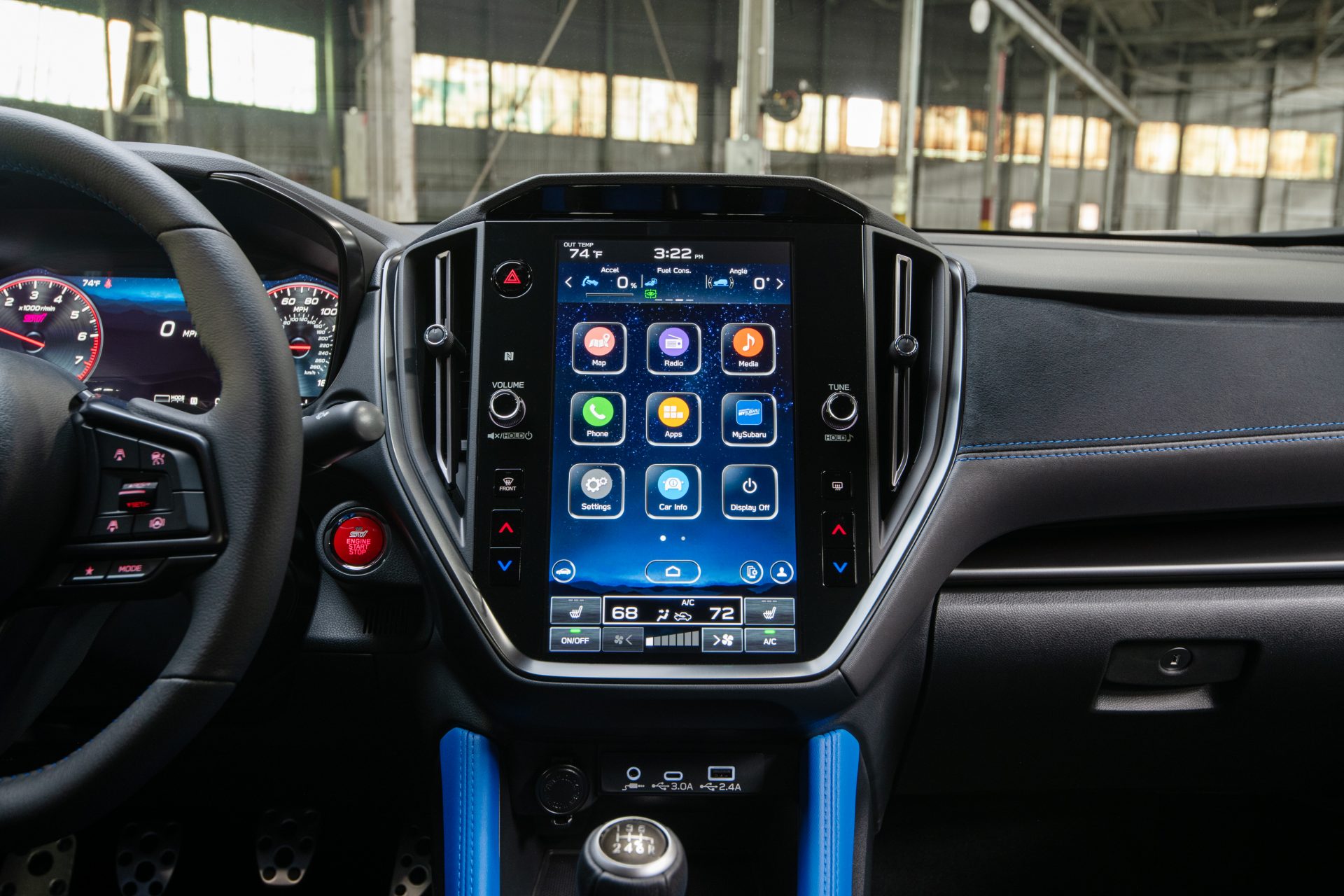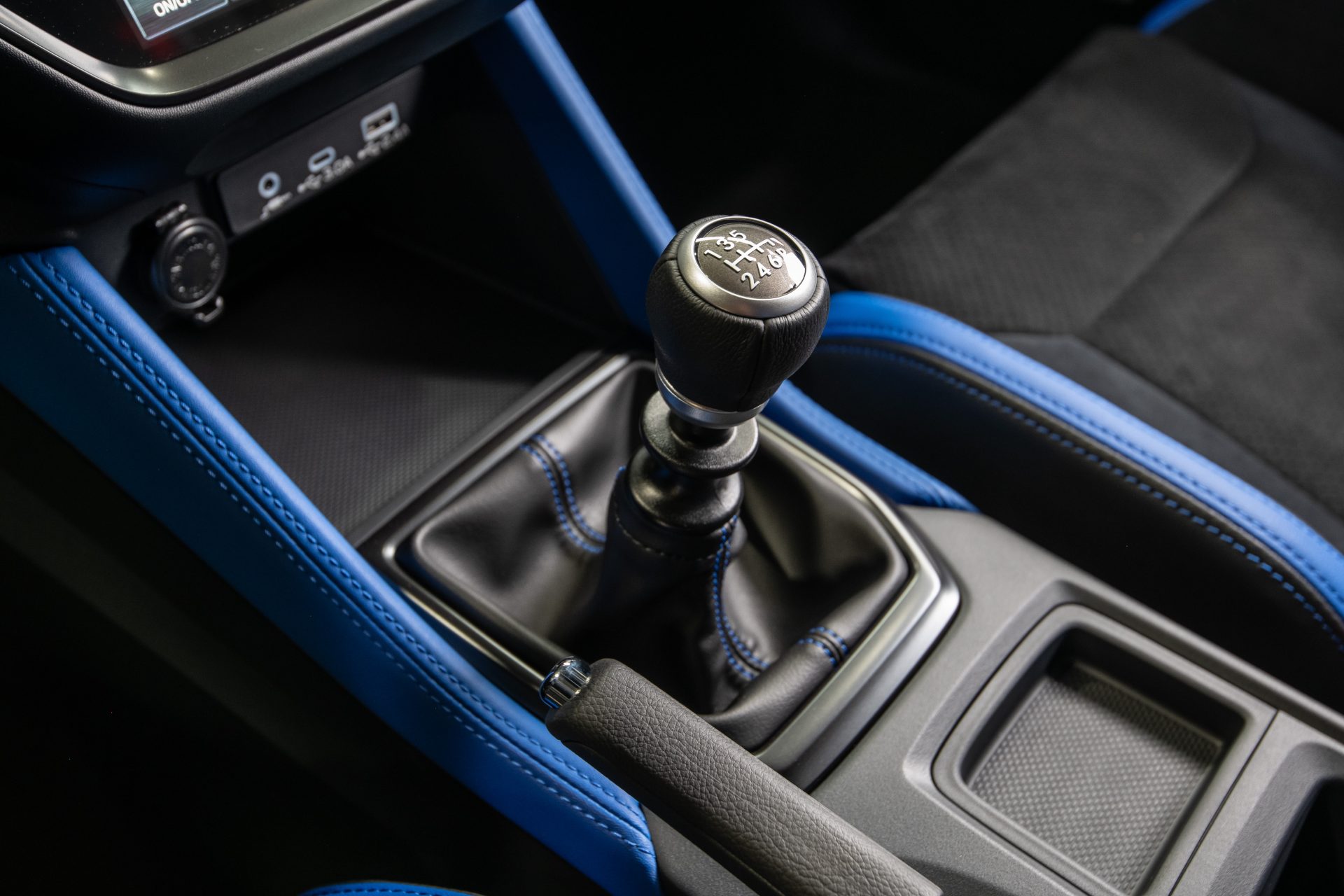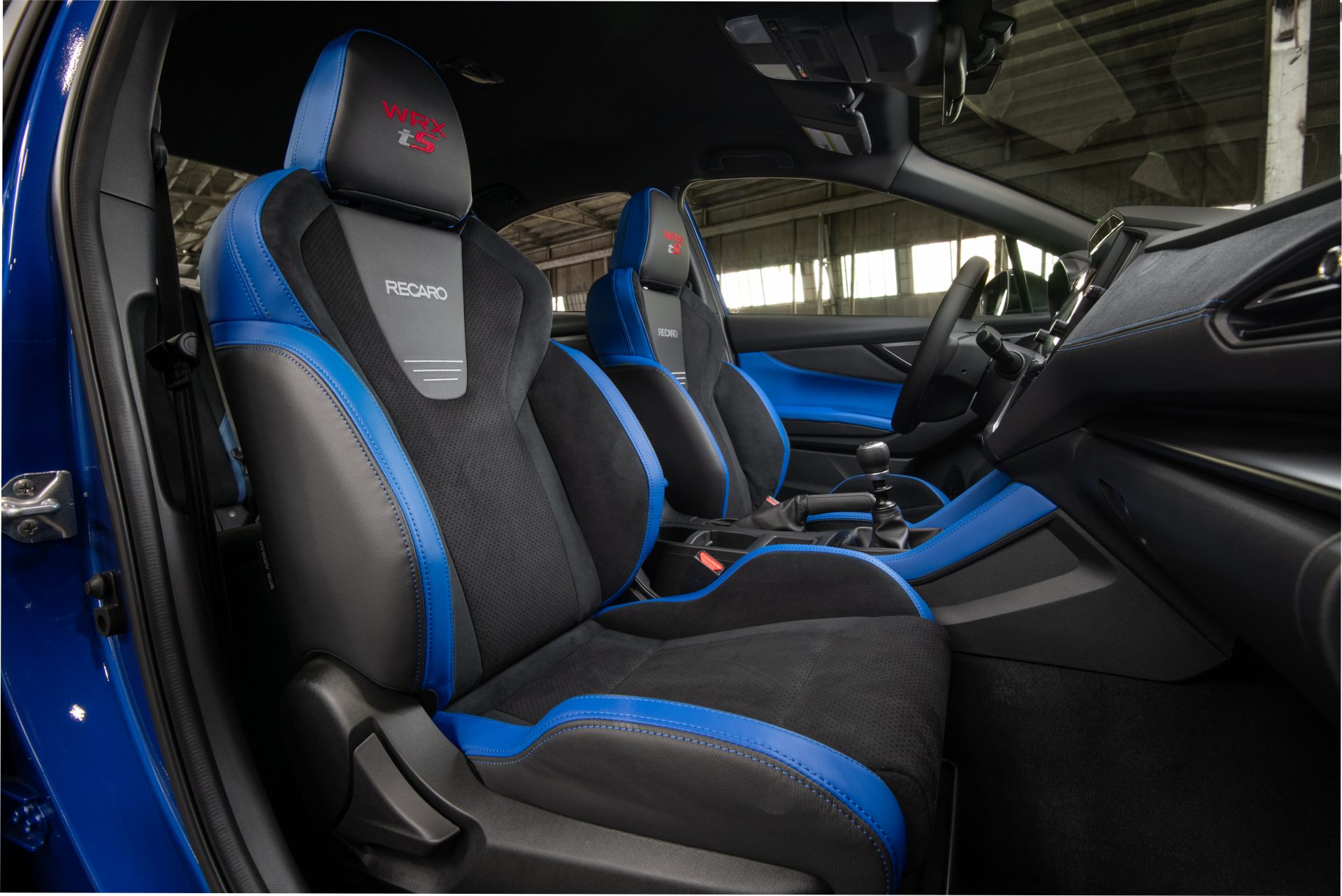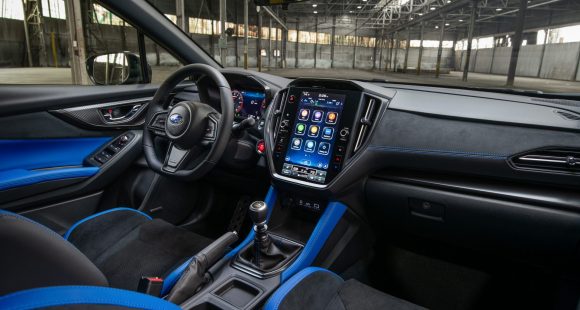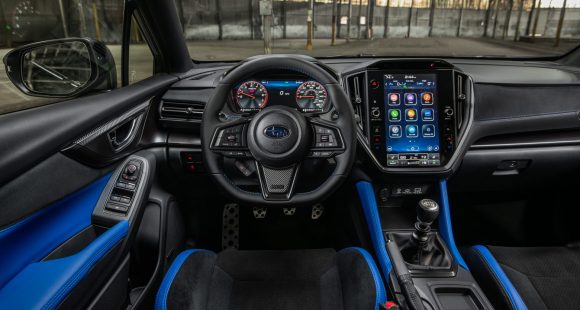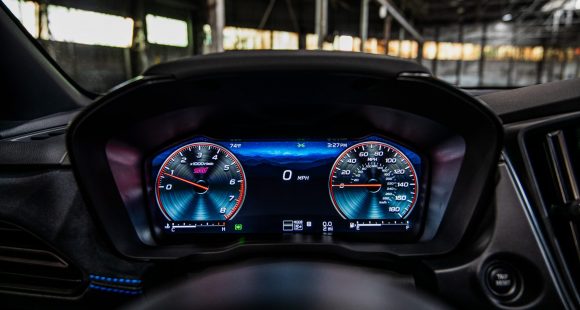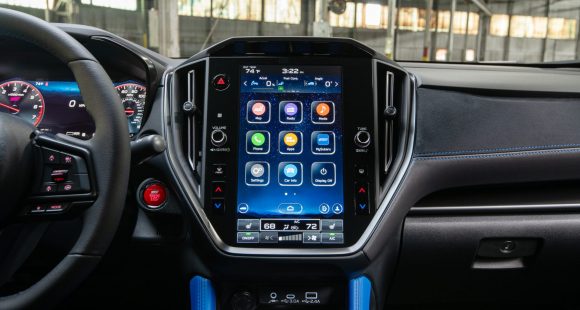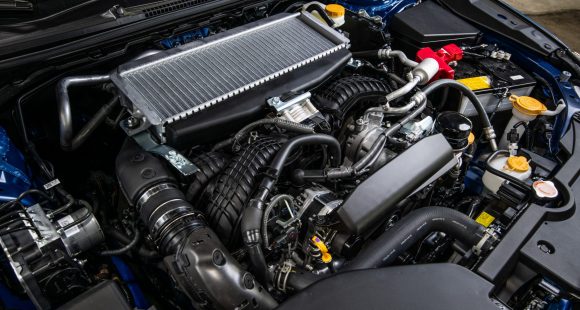2011 Chevrolet Volt
It was January of 2007 when General Motors first revealed its concept of an electric car with an onboard gasoline generator. It would be called Chevrolet Volt. Since then, we’ve been teased with numerous updates, and even had short drives in Volt prototypes. Well, now the time has come for the production Volt to greet its first real owners. And time for us to see if the Volt is really as electrifying as it’s hype.
General Motors has a lot riding on the 2011 Chevrolet Volt. This five-door compact’s revolutionary plug-in system is the cornerstone of GM’s green car efforts for the next decade. But, there are questions about how to classify the Volt. Is it an all-electric car as GM insists? Or, is it a very advanced plug-in gasoline-electric hybrid, with more in common with the Toyota Prius than the Nissan LEAF?
The best answer is, it’s both, depending on how it is driven. The Volt’s primary power source is always electric, with a 16 Kilowatt lithium-ion battery tied to a 149-horsepower electric drive motor. It provides a commute-friendly 35 to 45 mile electric-only range. But, when the battery is discharged, a 1.4-liter gasoline engine automatically starts, and turns a smaller motor/generator that provides juice for up to 310 miles, or until you run its 9.3 gallon gas tank dry.
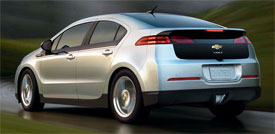 The controversy comes when you drive the Volt at speeds 70 miles an hour and above with the batteries depleted. Under this condition, the gasoline engine is mechanically linked to the drive wheels through the motor/generator. GM says this somewhat Prius-like feature boosts efficiency by 10 to 15%.
The controversy comes when you drive the Volt at speeds 70 miles an hour and above with the batteries depleted. Under this condition, the gasoline engine is mechanically linked to the drive wheels through the motor/generator. GM says this somewhat Prius-like feature boosts efficiency by 10 to 15%.
While GM kept this tidbit a secret waiting for patents to be approved, it does tarnish their all-electric claims. Still, we don’t think it matters. New car hype is just that. And we think owners will consider the Volt, first and foremost, an electric car, but one without pure-EV range limitations.
You can buy this vehicle and use it as a super-efficient, around town or commuter car, virtually never using any gasoline at all, or take it on a long family trip and know that you’ve got plenty of range to get to wherever your lunch stop or the next gasoline station might be.
So, how far does the Volt go on a gallon of premium gas? Well, again, it depends on how you drive it. If your commute is 15 to 20 miles, your MPG number will approach infinity. If you don’t recharge nightly, take long trips, or drive at high speeds, it’s more like 35-45 miles per gallon. But, then, you’re not the Volt’s target buyer. GM hopes the official government MPG-equivalent number will approach triple digits. We did see over 100 miles per gallon in two days of routine driving.
It takes about 10 to 12 hours to fully recharge the Volt using a 120-volt household outlet, about four hours at 240-volts. There’s even a smartphone apps to help to monitor charging and other Volt functions. Regenerative braking also helps replenish the battery. As to performance, Volt jolts from 0 to 60 in nine seconds. But it felt faster with strong throttle response. Top speed is about 100 miles per hour.
In all-electric mode, the Volt is smooth and quiet. Equally smooth is the transition from battery to gasoline power generation. Gas power sounds are muted until you bury the pedal. Then it sounds like most other four-cylinder engines under stress. There is also a Mountain Mode for sustained speed electric driving in hilly terrains.
Sharing a chassis with the Chevrolet Cruze, the independent front McPherson suspension and compound crank twist axle rear deliver a well-grounded drive experience. The ride is very solid. The Volt has a low center of gravity, so even going around tight corners, the car leans little. The steering is nicely dialed-in, and brakes are firm and linear. Most enthusiasts will be pleasantly surprised.
Although the production Volt has evolved since its concept days, most styling cues remain. A spit Chevy grille, tapered front corners, tight door seals, working front and rear spoilers, and low rolling resistance tires, that aid fuel economy, plus keep road noise low.
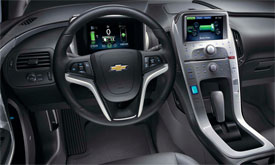 The Volt’s cockpit echoes the same clean look as the exterior. The upwardly swept dash houses an uncluttered instrument panel with unique readouts to help drivers maintain efficiency. The center stack has a large touchscreen display, soft touch switchgear, and a larger grabbable shifter.
The Volt’s cockpit echoes the same clean look as the exterior. The upwardly swept dash houses an uncluttered instrument panel with unique readouts to help drivers maintain efficiency. The center stack has a large touchscreen display, soft touch switchgear, and a larger grabbable shifter.
Standard is a Bose stereo, automatic climate control, remote ignition and Bluetooth. Hard drive navigation and rear-view camera are options. The Volt offers comfortable seating up front, with lots of leg and headroom for a six-footer, and optional heat. Rear passenger room is ample also, but remember, it’s only for two. Under the rear hatch, cargo volume is limited to 10.6 cubic feet, but the seatbacks do fold for more.
Base pricing for the Volt is $41,000 before federal and state tax breaks. Most buyers will pay no more than $33,500. Even more attractive is the Volt’s lease option, at $2,500 down and $350 a month.
With its unique extended range approach to green motoring, the 2011 Chevrolet Volt is impressive. No matter if you call it an electric car or a hybrid, it combines the best gas-saving, plug-in technologies yet available for an uncompromising driving experience. We think the Volt was well worth the wait, with or without the hype.
Specifications
- Engine: 16 Kilowatt Lithium-ion Battery1.4-Liter Gasoline Engine
- Horsepower: 149
- 0-60 MPH: 9.0 Seconds
2025 Subaru WRX tS
Subaru’s “World Rally eXperimental” Gets Tecnica-Tuned Tech
Building on its global rally heritage, WRX has been a standalone Subaru nameplate, marketed separately from garden variety Impreza, for two generations now. And while the current WRX still lacks the full STI treatment, this WRX tS serves up some of that high-performance spice we’ve been longing for.
Before we go flat out into our Track Test of this 2025 Subaru WRX tS, lets open the Subaru dictionary so we’re all on the same page. “tS” stands for “tuned by STI;” and “STI” is an acronym for “Subaru Tecnica International,” the brand’s high-performance sub-group best known for upgrading the WRX— oh, that stands for “World Rally eXperimental,” in case you didn’t know.
All that said, STI has been largely dormant for this WRX generation, but this tS sprinkles more of their engineering magic into the mix. No, that doesn’t mean extra power, but does mean significant chassis-related improvements.
First, electronically controlled dampers, adjustable through the 11.6-inch tablet-style infotainment screen. That meant a softer “comfort” mode on the 10+ hour commute to and from Savannah’s Roebling Road Raceway. But once we were there, it was the firmer “Sport+” setting all the way, heightening response from the WRX’s throttle and already quick dual-pinion power steering system. There’s still some body roll for rally-esque weight transfer, but it’s well sorted and provides the “toss-ability” you want in a WRX.
Though if you do autocross your tS, which we implore you to do, you might feel the six-piston front, two-piston rear Brembo brakes first. The bite is strong, giving good rotation in the corners and plenty of “halt” for this 3,400 lb. compact with minimal fade, keeping us on track all week…until some unfortunate winter weather passed overhead. No worries here, as Subaru’s Symmetrical All-Wheel-Drive system got us to the track for some powdered deserts: Frosted donuts served up Michelin style, a set of winter tires different from the grippy Bridgestone Potenza S007 rubber the tS typically rides on. Some prior hot laps of California’s Sonoma Raceway gave credence to those Bridgestones, and showed us what this hot-compact can do in ideal conditions.
It’s well sorted and provides the “toss-ability” you want in a WRX.
Other tS enhancements are cabin-based, namely these beautiful blue Recaros. Most of our staff appreciated their moderately-aggressive bolstering on both street and track. And they’re even heated, too. Another tS-only appointment is this 12.3-inch digital gauge display. It mimics the standard analog gauges with some additional info, but can switch to a navigation mode for more convenient route guidance.
We do wish our tS came in the new Galaxy Purple or the trademark World Rally Blue, but this Crystal White paint wasn’t too shabby, contrasting its Cherry Blossom Red badging and blacked-out lip spoiler. Otherwise, the tS is like any other WRX, down to the hood scoop funneling air to the top-mounted intercooler.
Underneath is the same turbocharged 2.4-liter flat-four in all other trims, boxing at 271 horsepower and 258 lb-ft of torque. The freak winter weather stopped straight-line testing, but a 0-60 time estimate of 5.5 seconds is about as spry as you realistically need, pulling strong through most of the tach; though the 6,000 RPM redline required attentive shifting of the six-speed box, which the tS comes exclusively with. The throws are precise, if a little long, and the clutch is wonderfully weighted.
With discontinuation of the Base trim, pricing for the WRX now starts with Premium at $36,920. The tS is at the top of the lineup with the automatic-only GT, both starting at $46,875. All WRXs continue to be made in Gunma, Japan.
If you’re an enthusiast itching to do the tuning yourself, perhaps the 2025 Subaru WRX tS is not for you. But if you want a plug-and-play experience, this is it. While it won’t exactly bestow the loose-cannon, top-level driving skills exhibited by famous WRC drivers upon you, the tS moves this WRX’s game in a direction we’ve so desperately wanted Subaru to take.
Specifications
As Tested
- Engine: 2.4-liter flat-four
- Tranmission: 6-speed manual
- Horsepower: 271
- Torque: 258 lb-ft







